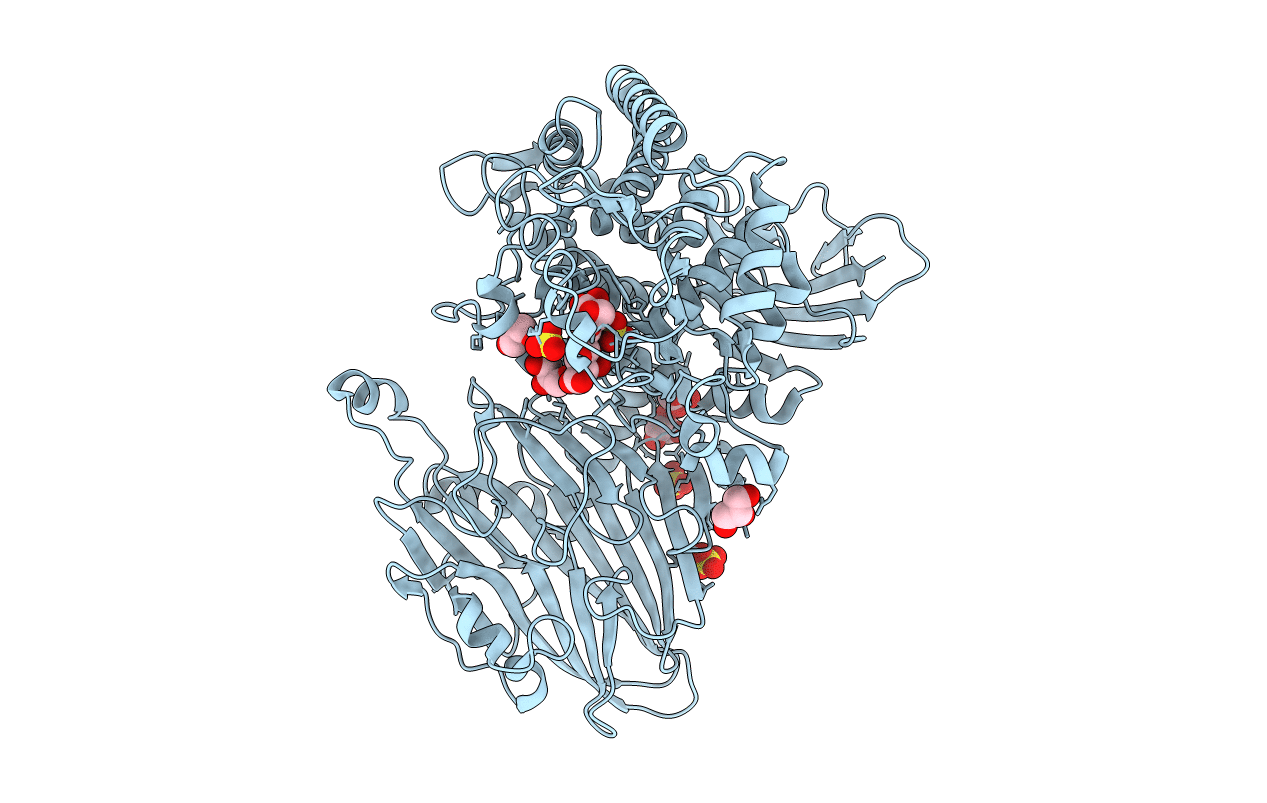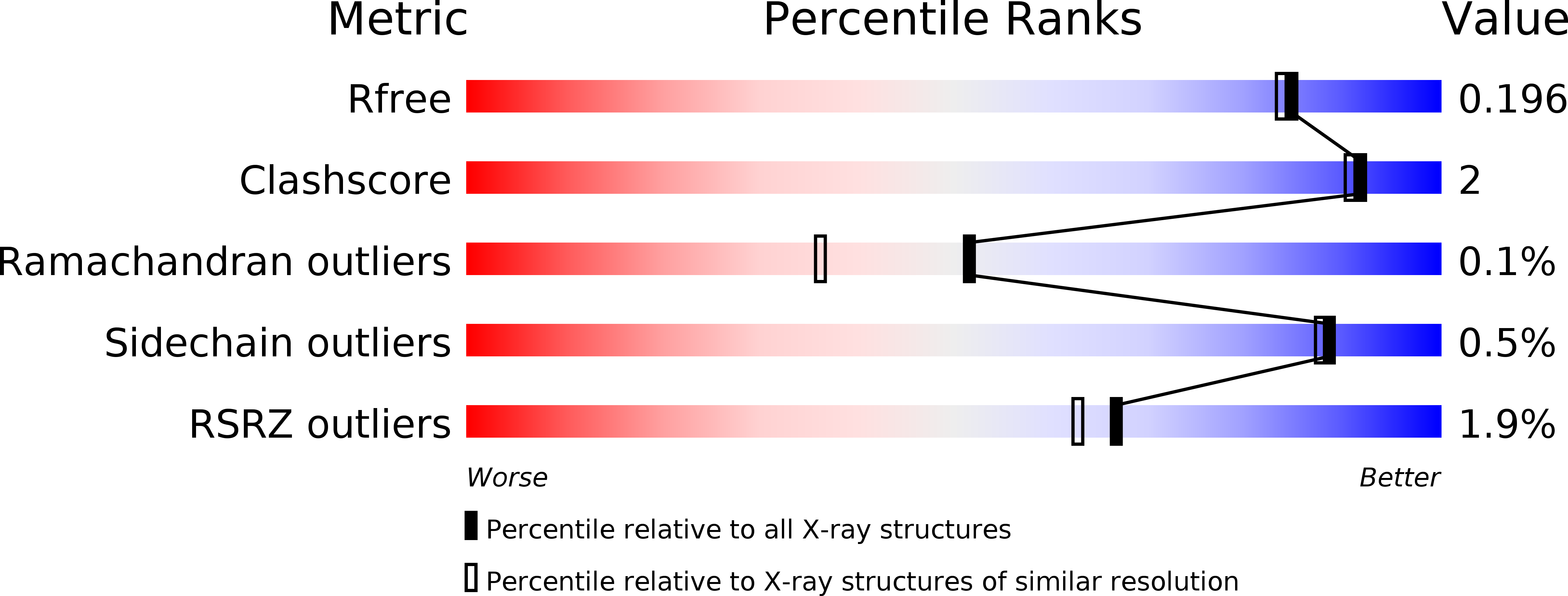
Deposition Date
2015-05-01
Release Date
2015-06-10
Last Version Date
2024-03-20
Entry Detail
PDB ID:
4ZLI
Keywords:
Title:
Cellobionic acid phosphorylase - 3-O-beta-D-glucopyranosyl-alpha-D-glucopyranuronic acid complex
Biological Source:
Source Organism:
Saccharophagus degradans 2-40 (Taxon ID: 203122)
Host Organism:
Method Details:
Experimental Method:
Resolution:
1.80 Å
R-Value Free:
0.18
R-Value Work:
0.15
R-Value Observed:
0.15
Space Group:
P 31 2 1


